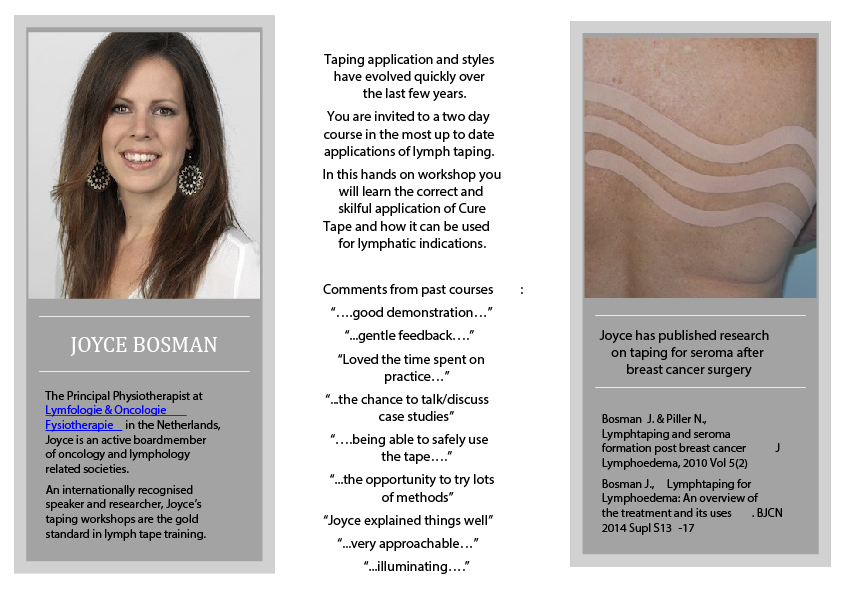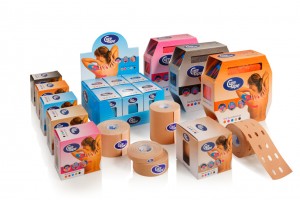Pregnancy
Pregnancy in general is a good and important indication for treatment with MLD (Manual Lymphatic Drainage) Therapy. Since this does not involve an ailment, but rather a physiological condition, the entire spectrum of MLD (Manual Lymphatic Drainage) with the exception of deep abdominal drainage is permitted. It is helpful for numerous symptoms and has the advantage of being safe, since it is a good idea not to administer any kind of pharmacological therapy at this time.
Because of the hormonal situation during pregnancy, tissues are generally more suffused with fluid and are more relaxed. The tissue pressure which promotes lymph flow is somewhat reduced; vascular permeability, on the other hand is elevated, so that edema susceptibility is somewhat greater. In addition to these Lympho-dynamic factors, the growing fetus exerts a mechanical pressure in the pelvic region on the efferent lymph vessels, adding a lymphostatic component to edema formation, justifying the administration of MLD (Manual Lymphatic Drainage) even more. In other words the pregnancy exerts pressure on our lymphatic systems causing it to slow and function less well.
Loosening and stretching in the subcutaneous connective tissue tends to tear the elastic fibers, resulting in striae gravidarum (pregnancy stretch marks).
If MLD (Manual Lymphatic Drainage) treatment for the abdominal skin and buttocks is administered regularly during pregnancy, these stretch marks can be reduced or avoided entirely. This MLD (Manual Lymphatic Drainage) treatment uses rotary techniques and finger techniques. This treatment can also be applied to the chest.
In the sacral region, the local edema appears near the time of birth. If this is treated with MLD (Manual Lymphatic Drainage) before and after giving birth, it can be eliminated more easily and quickly. This can also be performed by a partner.
(Renato Kasseroller, “Compendium of Dr Vodder’s Manual Lymph Drainage”, 1998 P151-152 Italics ours).



